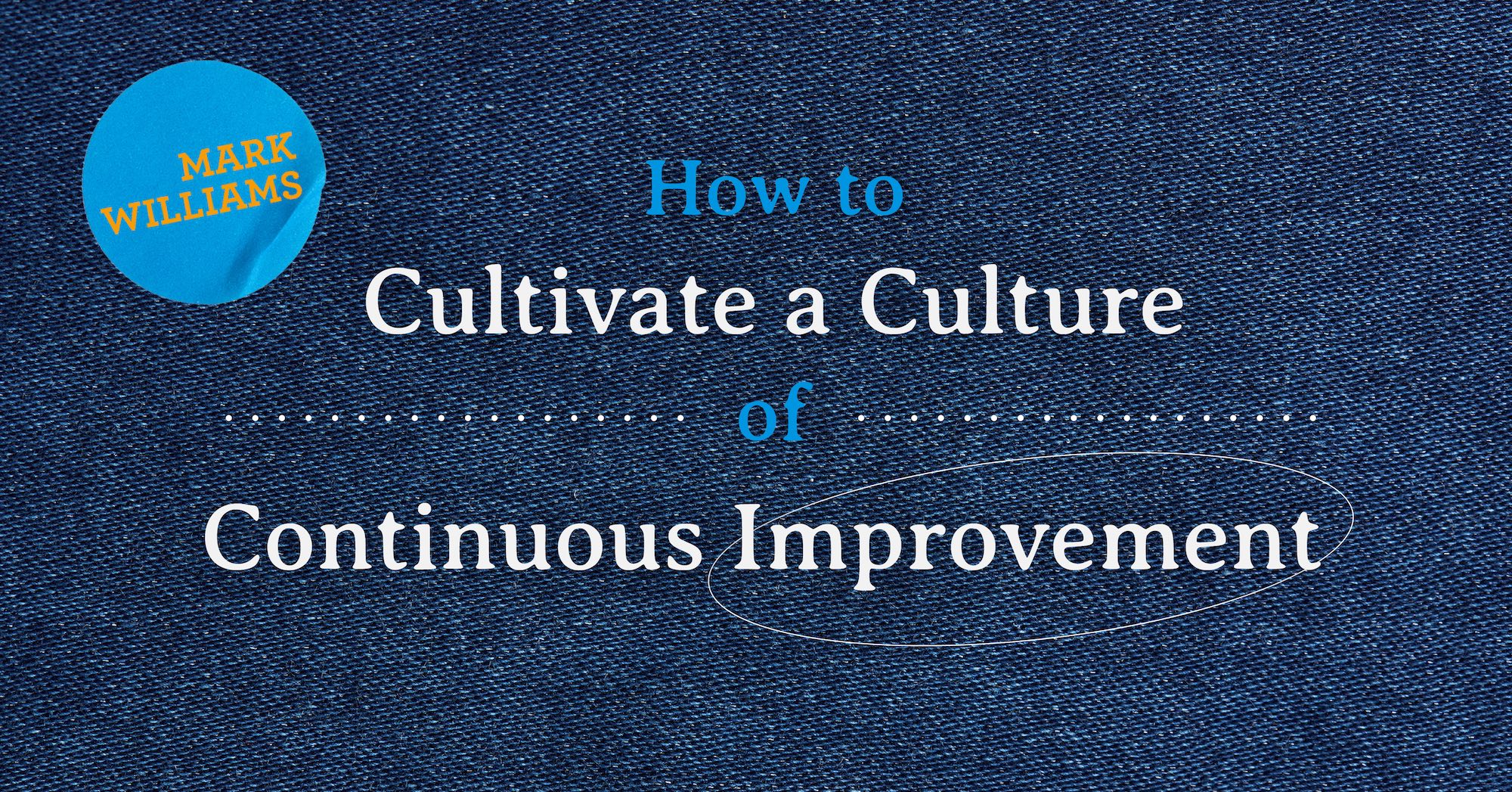Creating a culture of continuous improvement is one of the most powerful ways to keep an organization agile, innovative and competitive. When everyone on the team feels encouraged to grow and improve, it not only benefits individual performance but also strengthens the organization as a whole. Here are a few key strategies for fostering this mindset.
Encourage Open Feedback
A culture of continuous improvement thrives when team members feel comfortable sharing honest feedback. As a leader, make feedback a two-way street — be open to receiving feedback yourself, and create regular opportunities for team members to give and receive it. Set up informal check-ins, anonymous feedback channels, or quarterly reviews to keep feedback flowing. When people know their insights are valued, they’re more likely to participate in refining processes and solutions.
Set Clear, Achievable Goals
Goals provide direction and purpose, keeping everyone aligned on what they’re working toward. When setting goals, consider making them small, specific, and achievable within shorter time frames. This approach, known as “micro-goals,” allows the team to celebrate small wins along the way, which keeps morale high and momentum strong. Regularly revisit and adjust goals as needed to ensure they’re relevant and challenging.
Embrace a “Growth Mindset”
A growth mindset — the belief that abilities and intelligence can be developed with effort — is foundational to continuous improvement. Encourage your team to see challenges as opportunities to learn rather than setbacks. Celebrate efforts and progress, not just final outcomes, and offer support and resources for skill development. This mindset helps team members feel empowered to take risks and learn from their experiences.
Lead by Example
If you want a culture of improvement, start by modeling it. Show that you’re committed to your own growth by sharing the ways you’re working to improve. This could be through personal skill-building, pursuing mentorship, or openly discussing lessons learned from your own experiences. When team members see you embracing improvement, they’re more likely to follow suit.
Recognize and Reward Improvement
Finally, take time to recognize and reward efforts toward continuous improvement. Celebrating small wins and acknowledging effort reinforces the behavior you want to see. Rewards can range from simple shout-outs in team meetings to more formal recognition. When improvement is acknowledged, it becomes embedded in the culture.
By fostering an environment of openness, setting achievable goals, and recognizing growth, you can create a sustainable culture of continuous improvement that drives your team — and organization — toward lasting success.

